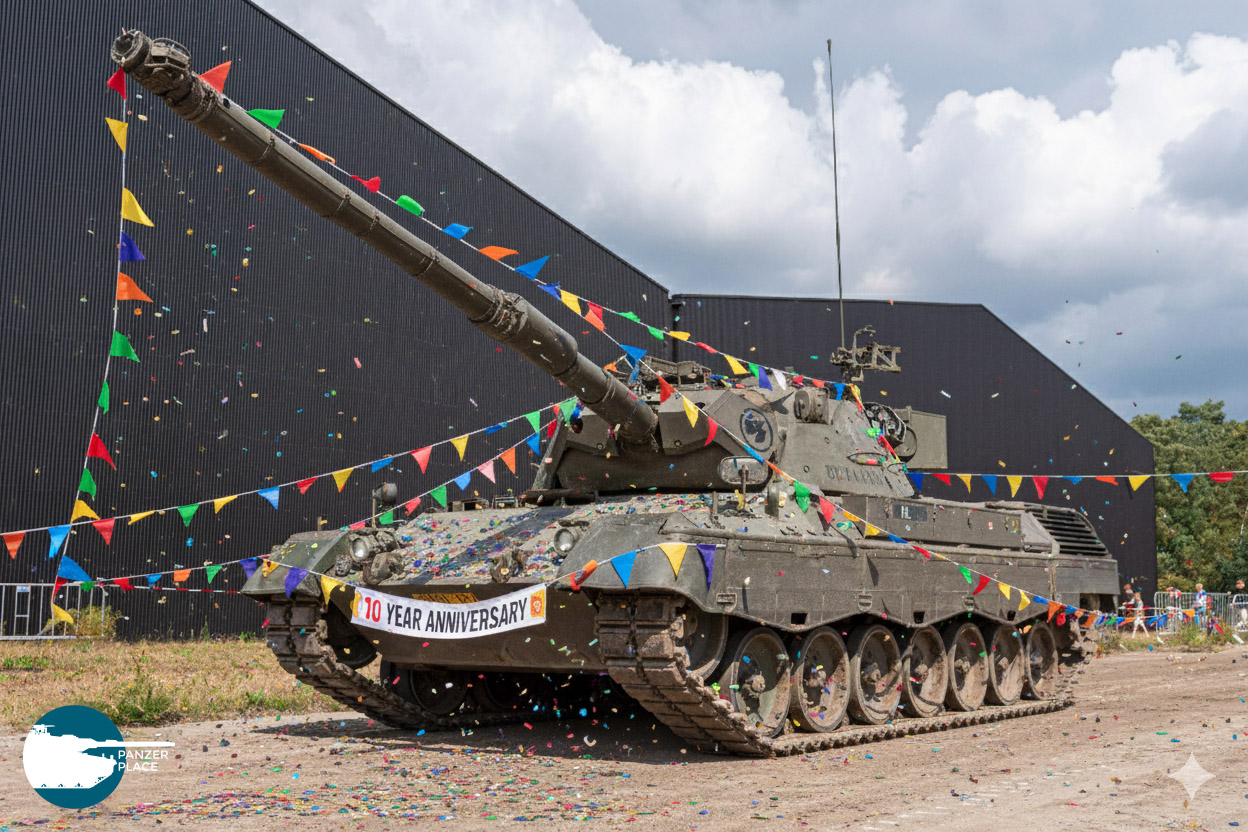Continuing the story commenced in “Der andere Tiger”, in his latest work Michael Fröhlich tells us what became of the Tiger (P). The result is a companion volume devoted to the story of the Ferdinand tank destroyer: from design to assembly, and not to forget its combat use. Besides the Ferdinand (later Elefant), the Bergepanzer Tiger (P) is also briefly discussed.
For this book Fröhlich again draws from archival material at BAMA and relevant secondary literature. I was happy to find a few quotes from “Kursk 1943” by Roman Töppel giving excellent accounts of the effectiveness of the Ferdinand.

The 208-page book is divided into six chapters that take the reader chronologically through the Ferdinand’s development and subsequent use by Panzerjäger-Regiment 656. Of course, the modernization of the Ferdinand at Nibelugngenwerk is also treated – a process that was a lot less orderly than I suspected. The next chapter briefly discusses the special Bergepanzer variant of the Tiger (P) that was left disregarded in Der andere Tiger.

The book is richly illustrated with mostly well-known and some lesser-known photos. Citations from original documents can be found throughout many of which underscore the tremendous maintenance difficulties encountered with the new weapon. In particular, I found the coverage of vehicle 150 011 in Kummersdorf enlightening. It also emerges that there were in fact 91 Ferdinands, one more than often assumed.
As was the case with the Jagdtiger earlier in “Schwere Panzer Der Wehrmacht”, the historical section is followed up by an overview of the remaining Ferdinand/Elefant tanks in museums. The walk-arounds give a good impression of the exterior and interior of the vehicles, but do not cover the vehicles in detail.

After this technical details of the Ferdinand are highlighted (canon, ammunition and engine) – again well provided with photos and diagrams. Some sections are very technical so be ready to look-up some of the terminology used: are you familiar with what a Bowden-cable is or have you ever heard of a Fahrerschalter?
Fröhlich concludes with his opinion about the Ferdinand: “it is not so much a flawed design, but a flawed development”. The last 47 pages are filled with a reprint of a contemporary manual D 656/1 Die Gerätebeschreibung und Bedienungsanweisung zum Fahrgestell. A nice addition, but a bit of a page filler in my opinion.
I am very positive about the latest part of a growing series of interesting books by Fröhlich. Once again Fröhlich managed to uncover some novelties and provides a detailed overview of the current state of knowledge about the Ferdinand. He does this in his usual manner which makes it a pleasure to read and the text is chock full of details. Unfortunately, due to the lack of subheadings, the searchability of this work is low and therefore of little use as a quick reference work.
Der Panzerjäger “Ferdinand” by Michael Fröhlich (German)
Publisher: Motorbuch Verlag, Stuttgart
Published: February 2020
ISBN: 978-3613042735
Pages: 208
Format: Hardcover
Price: €29,90, $41.30 (US)




Leave a Reply